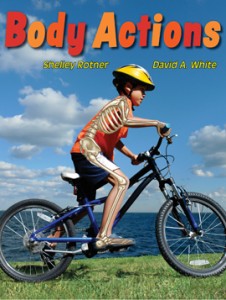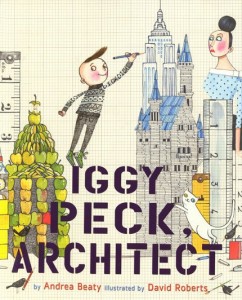 It has been twelve years since the terror attacks on 9/11. Most of the students in elementary classrooms today weren’t even born yet in 2001, so how do we commemorate that day with kids? The kindest way I can think of to honor the lives that were lost is to promote peace, and the most beautiful book I know about peace is this one.
It has been twelve years since the terror attacks on 9/11. Most of the students in elementary classrooms today weren’t even born yet in 2001, so how do we commemorate that day with kids? The kindest way I can think of to honor the lives that were lost is to promote peace, and the most beautiful book I know about peace is this one.
Peace by Wendy Anderson Halperin combines art, poetry, and quotes to help answer the question “how do we make a peaceful world?” The book is quiet and thoughtful, with detailed pictures your students will want to spend time examining close up. You can read aloud the main thread of the poem, which begins with
“For there to be peace in the world…/ …there must be peace in nations./ For there to be peace in nations, there must be peace in cities.”
and then take time to read all the beautiful quotes threaded throughout.
“It’s not so much the journey that’s important, as the way we treat those we encounter and those around us, along the way.” – Jeremy Aldana
Wendy Anderson Halperin has a beautiful website that extends the book: drawingchildrenintopeace.com. She has cool videos where she teaches kids how to draw different peace symbols and she talks about conflict resolution. You can even browse through a gallery of art where kids have drawn and written what peace means to them.
I hope you share Peace with your students. I hope you take time to discuss some of the beautiful quotes, not just because it works for Range of Reading and Craft & Structure, but because they may plant hopeful seeds in your students. If your students choose a quote to illustrate, or write a peace quote of their own and add pictures, you can send it to Wendy Halperin, and send it to me, too. I am all about sharing peace.
For more information about the author/illustrator, please visit wendyhalperin.com.



